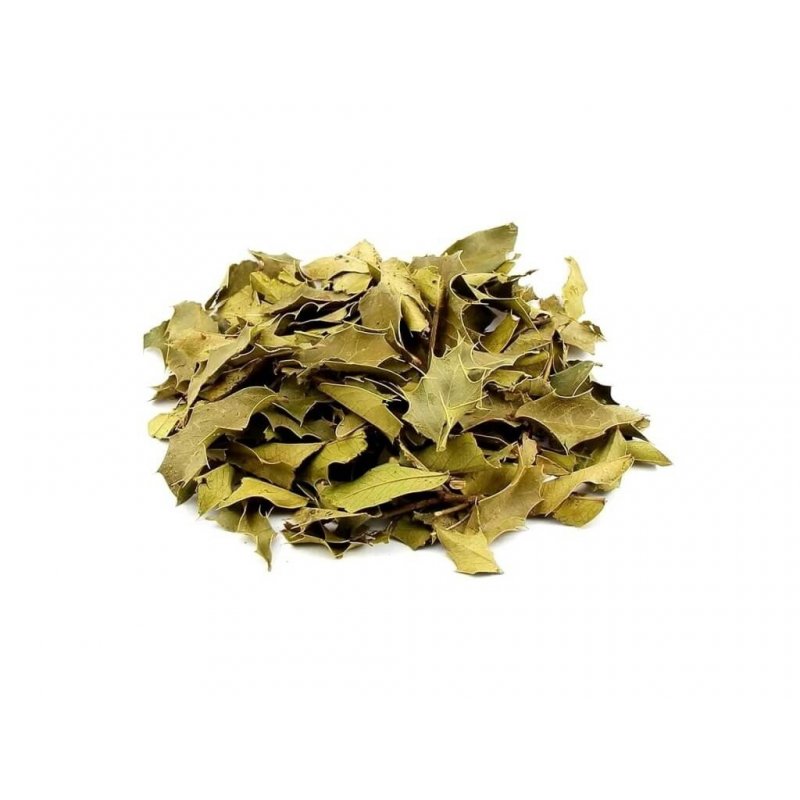
- -29%

Fast delivery worldwide
Sent by: DHL, DPD, UPS, MRW, CTT
Sage Herbal Tea is an excellent digestive tonic and natural anti-inflammatory to treat throat infections. Sage is a medicinal plant rich in minerals and vitamins A, B, D, and E. Sage Herbal Tea may act as a natural calming agent for asthma attacks.
Properties: anti-inflammatory, antioxidant, calming and diuretic.
Ingredients: 100% Sage (Salvia officinalis).
What is Sage Herbal Tea used for?
Sage Herbal Tea is used as a natural anti-inflammatory for the treatment of throat and skin inflammations. Sage Herbal Tea may also be used for indigestion relief, mood improvement and elimination of gas pains. It is an ally for fluid retention. Sage Herbal Tea can also contribute to the nervous system balance.
Indicate for: cough, heartburn, ulcers, rheumatism, irritability, indigestion, diarrhoea, uric acid, menstrual cramps, menopausal symptoms, sore throat, weak immunity, mycosis, diabetes and excessive sweating.
Curiosity:
“Salvia officinalis” is a versatile plant used for medicinal, culinary and decorative purposes. Although it grows wild in the Mediterranean Region, the plant is also cultivated in other countries as an aromatic herb. In cooking, Sage is known for its slightly spicy flavour used in meats, cheeses, breads, soups, and even in drinks. In ancient Greek and Roman times, this plant was used to ward off bad energy and fight moths in clothes. The Sage extract was also used to treat snake bites.
There was a myth that Sage boosted memory and improved concentration, preventing the development of cognitive disorders. When grown in gardens, sage can reach a height of 50 cm.
Water temperature: 100º
Infusion time: 5 to 10 minutes.
Recommended quantity: Approx. 2grs / cup.
Dosage: Drink 2 to 3 cups a day, between meals.
How to prepare Sage Herbal Tea: Put 1 tablespoon of Sage leaves and 240 ml of boiled water in a pan. Cover and leave to infuse for 5 to 10 minutes. Finally, strain and allow cooling a little before drinking. For best results, practice a healthy lifestyle.
Store in a cool, dry place away from light.
Warnings: This plant should be avoided by pregnant women or babies, as well as, by anyone with hypersensitivity to the active substances of the plant.
NOTE: The image presented is only a suggestion of presentation, being that the cut typology and dimensions of the plant can vary in the supply or season of the year, maintaining all the quality, functionalities, and properties of the tea unchanged.